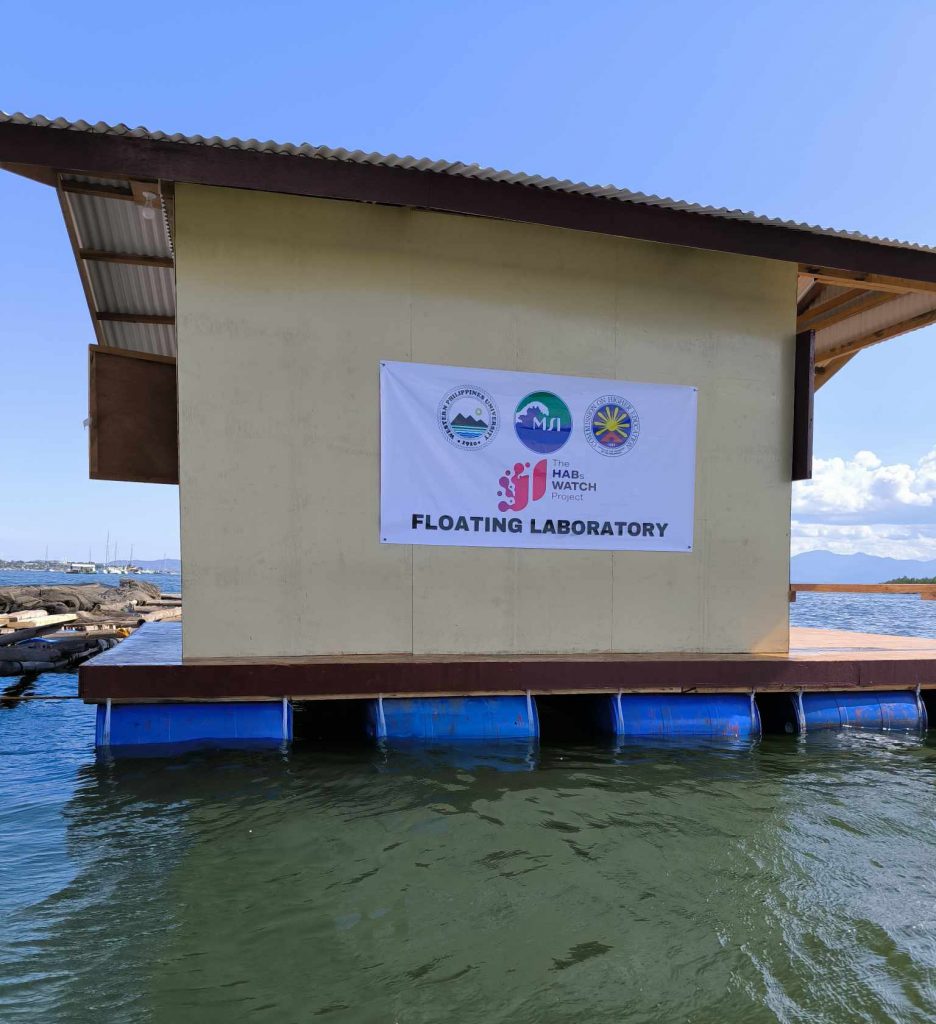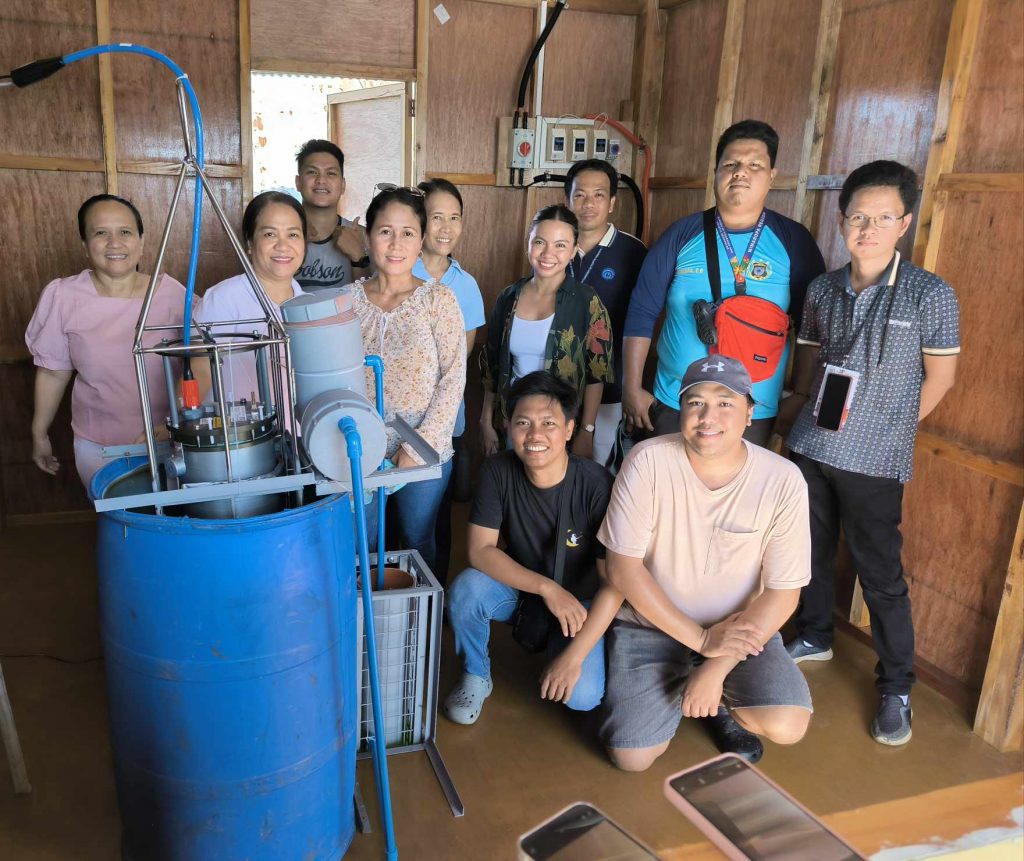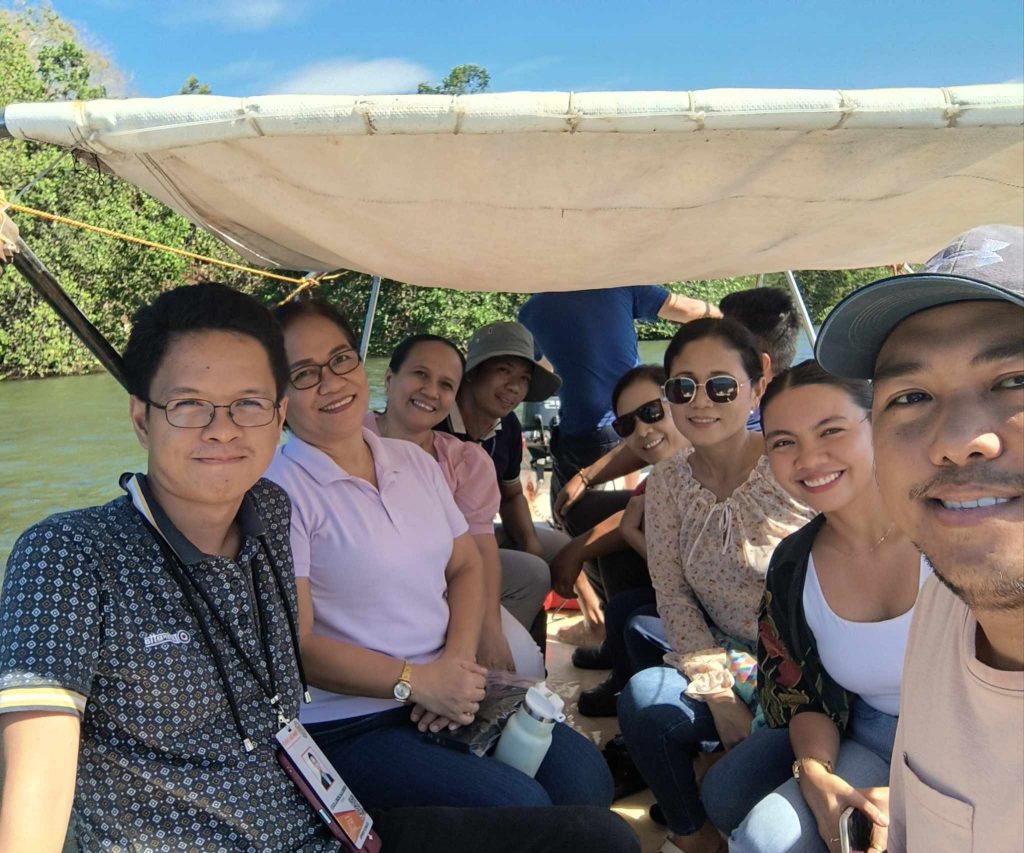Western Philippines University (WPU), in collaboration with the University of the Philippines Marine Science Institute (UP MSI), Palawan State University (PSU), the Bureau of Fisheries and Aquatic Resources (BFAR), and the City Agriculture Office of Puerto Princesa, has successfully launched a state-of-the-art floating laboratory on May 15, 2024 as part of the Harmful Algal Bloom (HABs) Watch Project.
The project, funded by the Commission on Higher Education’s (CHED) LAKAS Program, is led by Dr. Jhonamie M. Omar of WPU’s College of Fisheries and Aquatic Sciences. It aims to strengthen the region’s capacity for marine ecosystem monitoring and to mitigate the socio-economic and environmental impacts of harmful algal blooms—more commonly known as “red tide.”
At the core of the floating laboratory is the Imaging Flow Cytobot (IFCB), one of the most sophisticated instruments available for marine research and environmental monitoring. The IFCB is an in-situ automated submersible imaging flow cytometer that captures high-resolution images of microscopic particles and plankton directly from the water column. Through this technology, scientists can continuously collect and analyze data on phytoplankton populations and other biological components that serve as early indicators of algal blooms.
Unlike traditional sampling methods that require manual collection and laboratory analysis, the IFCB enables real-time monitoring and automated detection of harmful algal species. This real-time data stream provides an early warning system that can alert coastal communities, fisherfolk, and government agencies to potential red tide occurrences, allowing for timely management responses and public safety measures.
Through partnerships, innovation, and the use of cutting-edge marine technology, WPU and its collaborators are making significant strides in understanding and protecting the delicate balance of aquatic ecosystems—one image at a time.





[This article is in line with the SDGs 3, 11, 13, 14,& 17]


